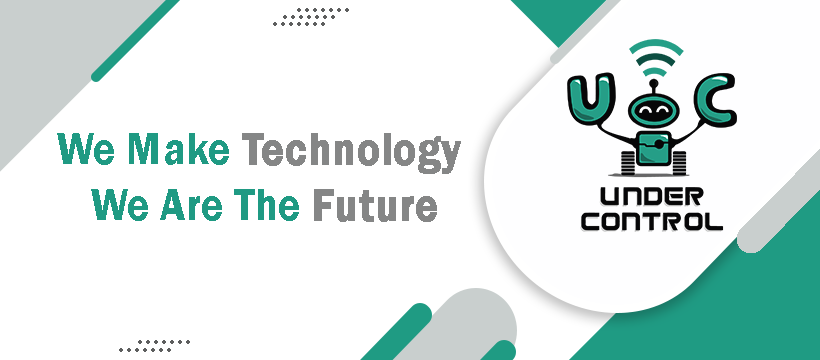Introduction to C Programming
C is a general-purpose, procedural computer programming language supporting structured programming, lexical variable scope, and recursion, with a static type system. By design, C provides constructs that map efficiently to typical machine instructions, and has found lasting use in applications previously coded in assembly language.
C was developed in the early 1970s by Dennis Ritchie at Bell Telephone Laboratories to develop the Unix operating system. C has since become one of the most popular programming languages in the world, and is used in a wide variety of applications, including operating systems, compilers, databases, and embedded systems.
C Basics
A C program is a sequence of statements that are executed by the computer. Each statement in a C program is either a declaration or an expression. A declaration tells the compiler what kind of data a variable is and what its initial value is. An expression evaluates to a value.
The basic building blocks of a C program are variables, constants, expressions, and statements.
- Variables are used to store data. They are declared using the
var_type var_name;syntax, wherevar_typeis the type of the variable andvar_nameis the name of the variable.- Constants are values that do not change. They are declared using the
const var_type var_name = value;syntax.- Expressions are combinations of variables, constants, and operators that evaluate to a value.
- Statements are instructions that the compiler executes. They are terminated by a semicolon (
;).
Here is an example of a simple C program:

This program declares three variables, a, b, and c. It then assigns the values 10 and 20 to a and b, respectively. The c variable is then assigned the value of a plus b, which is 30. The printf() function is then used to print the value of c to the console. The program then returns the value 0, which indicates that it terminated successfully.
C Syntax
C Syntax is the set of rules that govern how C programs are written. The syntax of C is relatively simple and easy to learn. However, there are a few things to keep in mind when writing C programs.
- All C programs must be terminated with a semicolon (
;).- All variables must be declared before they are used.
- All expressions must be terminated with a semicolon (
;).- All statements must be terminated with a semicolon (
;).
C Programming Basics
Here are some of the basic concepts of C programming:
- Data types: C has a variety of data types, including integers, floating-point numbers, characters, and strings.
- Operators: C has a variety of operators, including arithmetic operators, logical operators, and relational operators.
- Control flow: C provides a variety of control flow statements, including if statements, while loops, and for loops.
- Functions: C programs can be broken down into functions, which are reusable blocks of code.
- Input and output: C programs can read and write data from the console, files, and other sources.
Resources for Learning C
There are many resources available for learning C. Here are a few suggestions:
- Our Course in Under Control.
- The C Programming Language by Brian Kernighan and Dennis Ritchie
- C Primer Plus by Stephen Prata
- C Programming for Beginners by Imran Ahmed
- Learn C Programming by Tutorialspoint
- C Programming Tutorial by Code academy
Conclusion
C is a powerful and versatile programming language that is used in a wide variety of applications. If you are interested in learning C, there are many resources available to help you get started.

